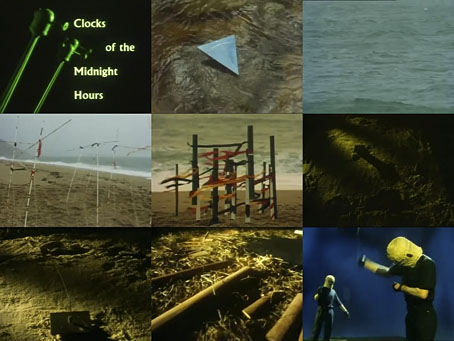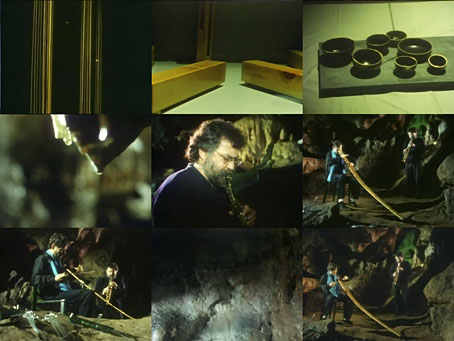These are people after my own heart as this is something I’ve been doing for years with jukeboxes. Usually the challenge was to find the weirdest thing in the whole selection of records which would often be a B-side of some sort. “Wyatting” seems a rather unfair name for something that’s annoying people (although if it’s going to be named something it may as well be after the wonderful Robert). If it’s irritation you want then “Merzbowing” (see below) would seem more apt, not least because of its relation to the Dada works of Kurt Schwitters.
* * *
Wyatting (vb): when jukeboxes go mad by Ned Beauman
Just as the best way to judge an adult is by his or her record collection, the best way to judge a pub is by the albums on its jukebox. Or it was, until the 21st-century caught up with the noisy machine in the corner. There are now nearly 2,000 internet-connected jukeboxes in the UK, each of which can access as many as 2m tracks – and with them has come Wyatting, which is either a fearless act of situationist cultural warfare or a nauseatingly snobbish prank, depending on who you ask.
The phenomenon was first identified in the New York Times by Wendy McClure. She was in a grimy rock bar when someone pulled up Brian Eno’s Thursday Afternoon, which consists of a single distant piano phrase repeated for more than an hour, and found herself too mesmerised to leave. “Imagine replacing the brass cylinder in a music box with a Möbius strip made from nerve endings,” she wrote. The rest of the bar’s patrons , however, were soon in revolt.
This wasn’t to be an isolated incident. After music critic Simon Reynolds linked to McClure’s article on his weblog, several of his readers wrote in to confess that this is a game they regularly play. Carl Neville, a 36-year-old English teacher from London, coined the term “Wyatting” because sticking on Dondestan, the 1991 avant-garde jazz-rock LP by ex-Soft Machine singer Robert Wyatt, is the perfect way to disrupt a busy Friday night in a high street pub. Other favourites are free-jazz clarinetist Evan Parker and surrealist Japanese noise producer Merzbow. In theoretical terms, Wyatting has been explained as enacting the theories of Adorno, who believed that subverting pop music would help to bring down capitalism. Alternatively, if you listen to Neville, it’s simply “childish, futile, but finally hilarious”. (More.)


